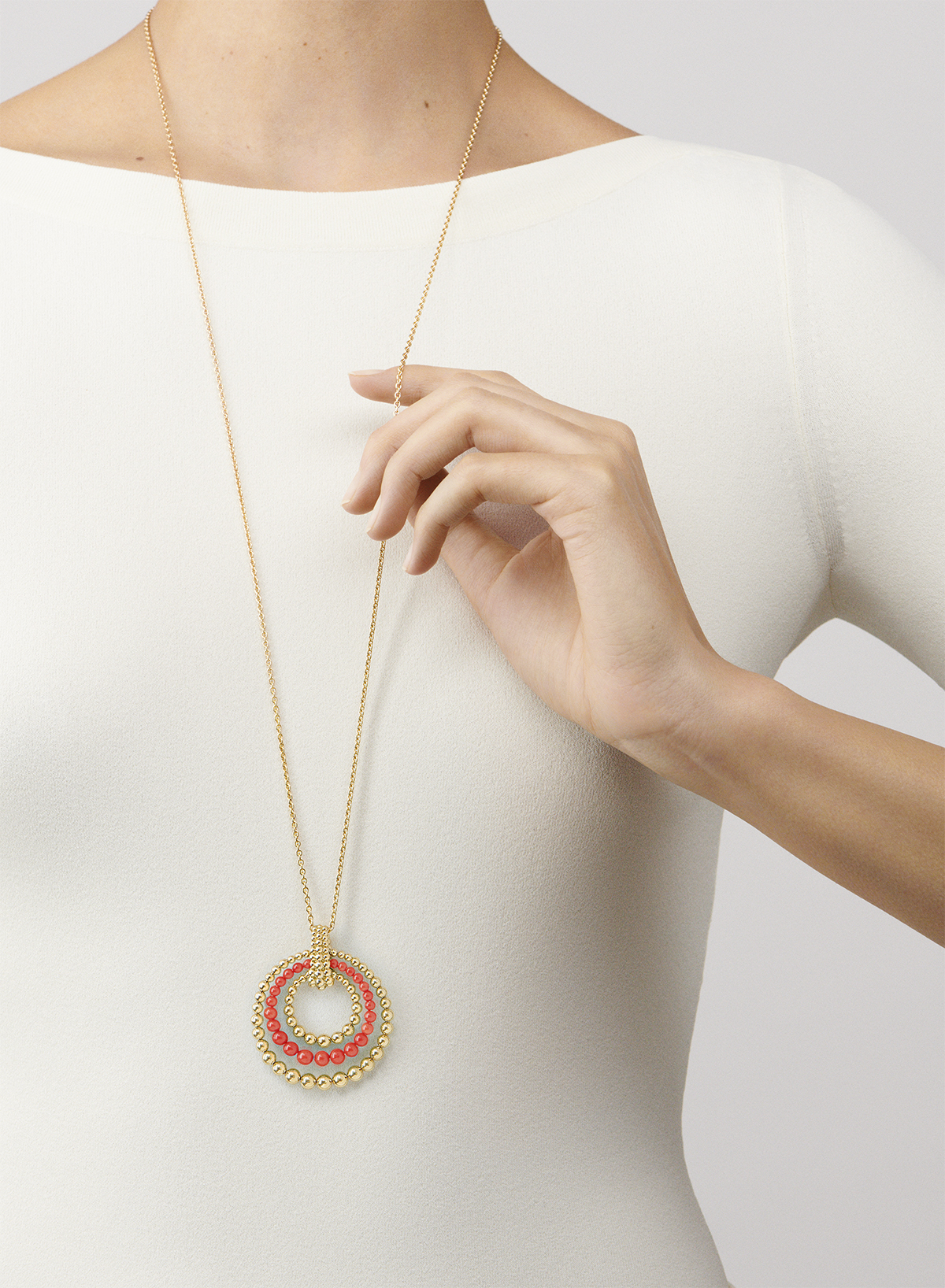
L’École, School of Jewellery Arts, is housed within the Van Cleef & Arpels headquarters in Paris
L’École is a school of jewellery arts based in Paris and supported by Van Cleef & Arpels, offering a luxurious learning experience led by industry experts. Digital Editor Millie Walton signs up for a class
Based one floor of Van Cleef & Arpels‘ headquarters in Place Vendôme in Paris, L’École was established in 2012 with the aim of introducing the wider audience to the world of high jewellery and its significance through the ages. Whilst the school was founded and is supported by Van Cleef & Arpels, it is not, as one might assume, an elaborate marketing stunt (during my class, for example, the only mention of Van Cleef & Arpels is via small-print on the slideshow), but rather a genuine centre of learning albeit a luxurious one. Classes take place in a palatial room which was once the office of Van Cleef’s President and CEO Nicolas Bos, with a break for tea, coffee and Parisian pastries in a stylish lounge filled up with glossy coffee table-books, whilst the teachers themselves are leading industry experts, which allows the classes to cater to every ability.
Follow LUX on Instagram: luxthemagazine
The classes fall into four main categories: ‘Introductory’ (which offers a general overview), ‘The Universe of Gemstones’ (with two classes exploring diamonds), ‘Savoir Faire’ (featuring hands on workshops in which you get to actually try out various jewellery making techniques such as Japanese Urushi Lacquer) and ‘Art History of Jewellery’ (which investigates jewellery aesthetics of different time periods). On this trip, I’m signed up for an art history class on ‘Gold and Jewellery, from Antiquity to the Renaissance Princes’, which begins with Ancient Egypt and ends with examining portraits of Henry VIII and Elizabeth I.

Classes take place in the original office of Van Cleef’s President and CEO Nicolas Bos
Whilst the prospect of four hour lecture on jewellery is daunting, our teachers Inezita Gay-Eckel and Léonard Pouy are energetic and brilliantly knowledgable with infectious enthusiasm for their subject matter. The class itself mainly follows a standard lecture format, but we are encouraged to jump in with questions, and specialist terms are noted down on the whiteboard for us to copy into our L’École branded notebooks.
Read more: Founder of Nila House Lady Carole Bamford’s guide to Jaipur

Halfway through, Léonard appears, gloved and bearing a tray of delicate jewellery pieces. We’re encouraged to apply our new found knowledge to locate each piece to its time period, and whilst it’s still largely mystifying, it’s satisfying to even know what kinds of things we should be noticing.
The point of these classes, Inezita tells us, to provoke curiosity so that students feel compelled to take their learning further. At the end of the class, we’re each given a tote bag with a certificate and reading list of books, websites and museums across the globe.
Find out more: lecolevancleefarpels.com





















Recent Comments